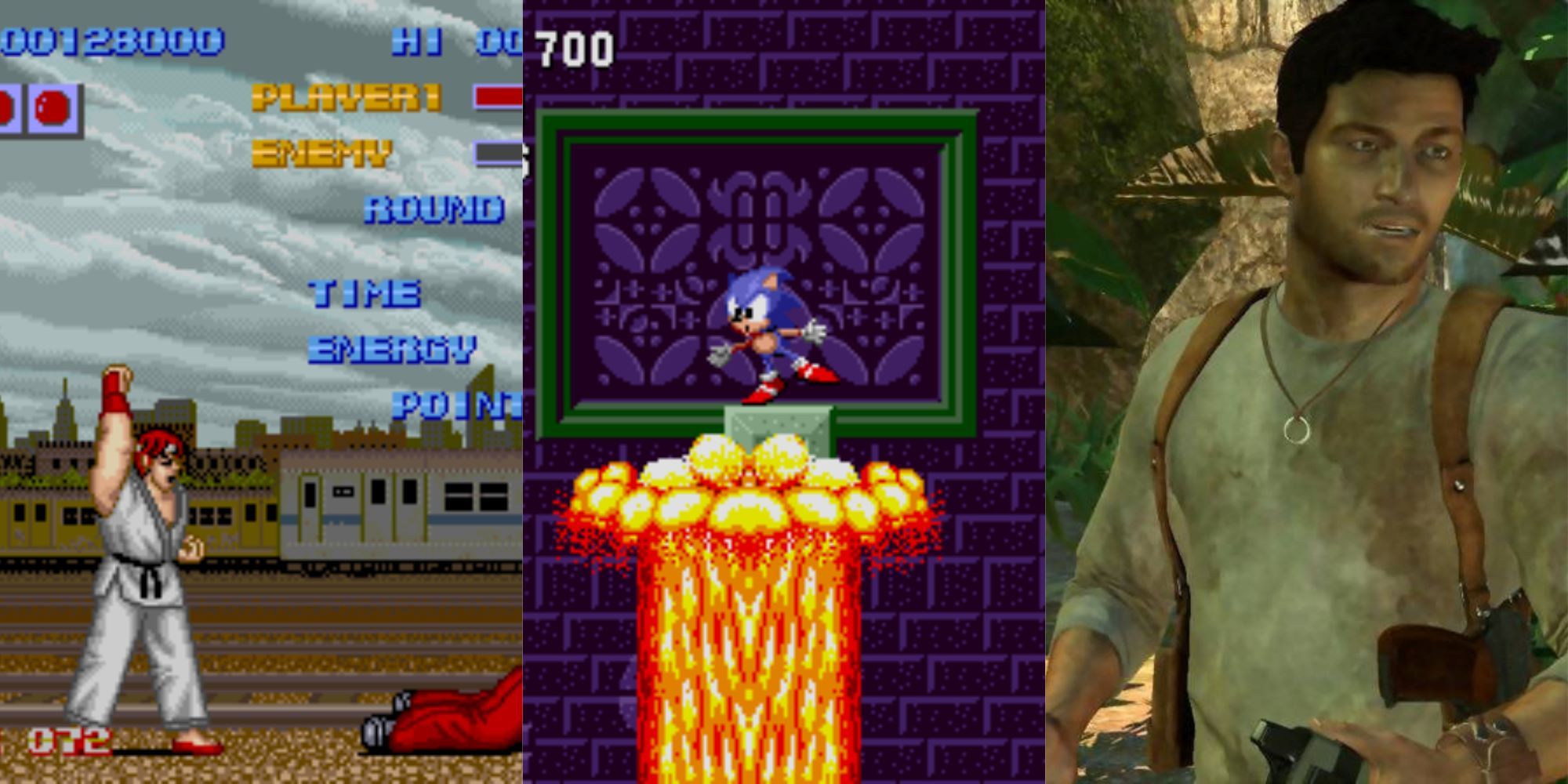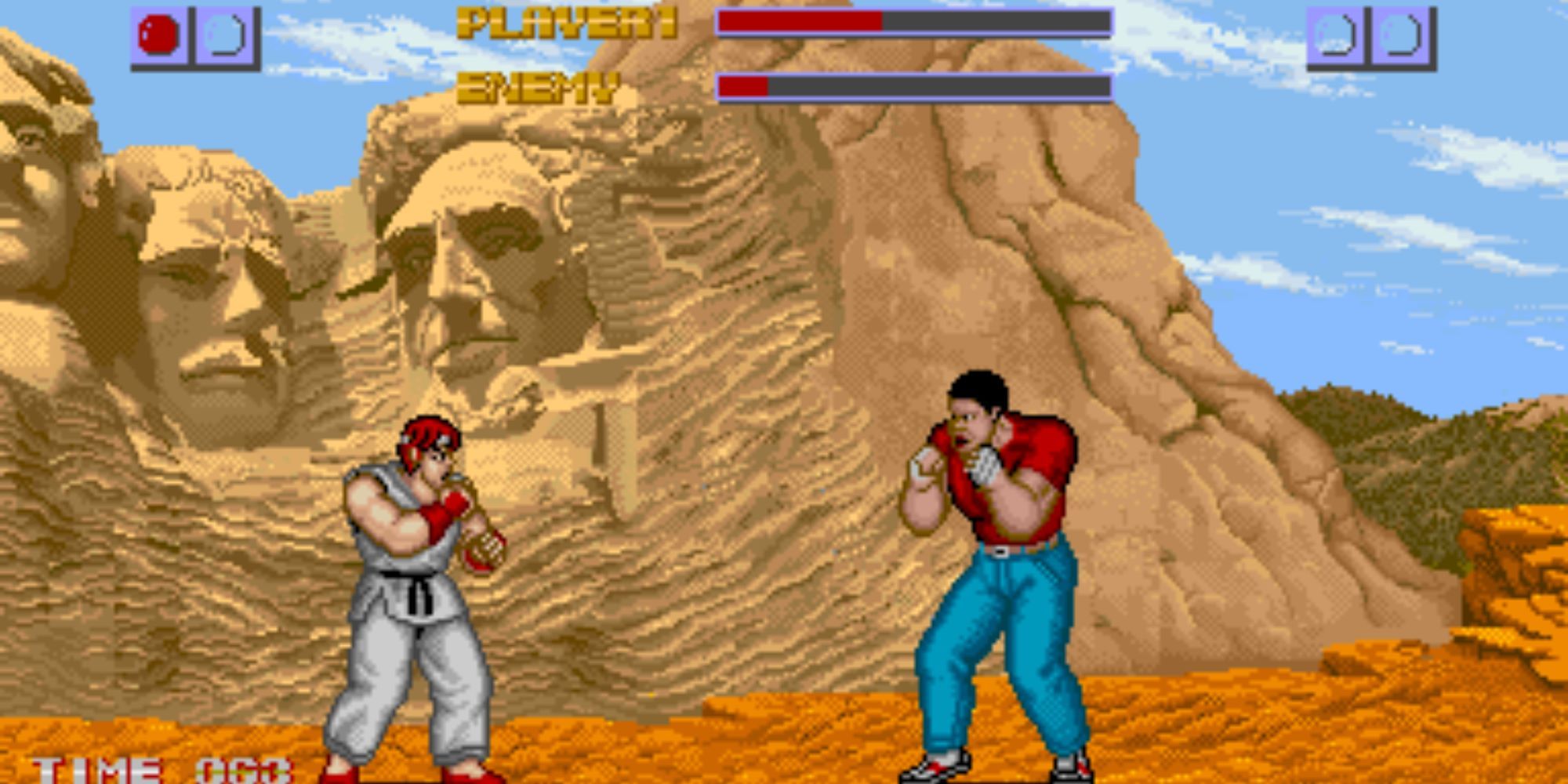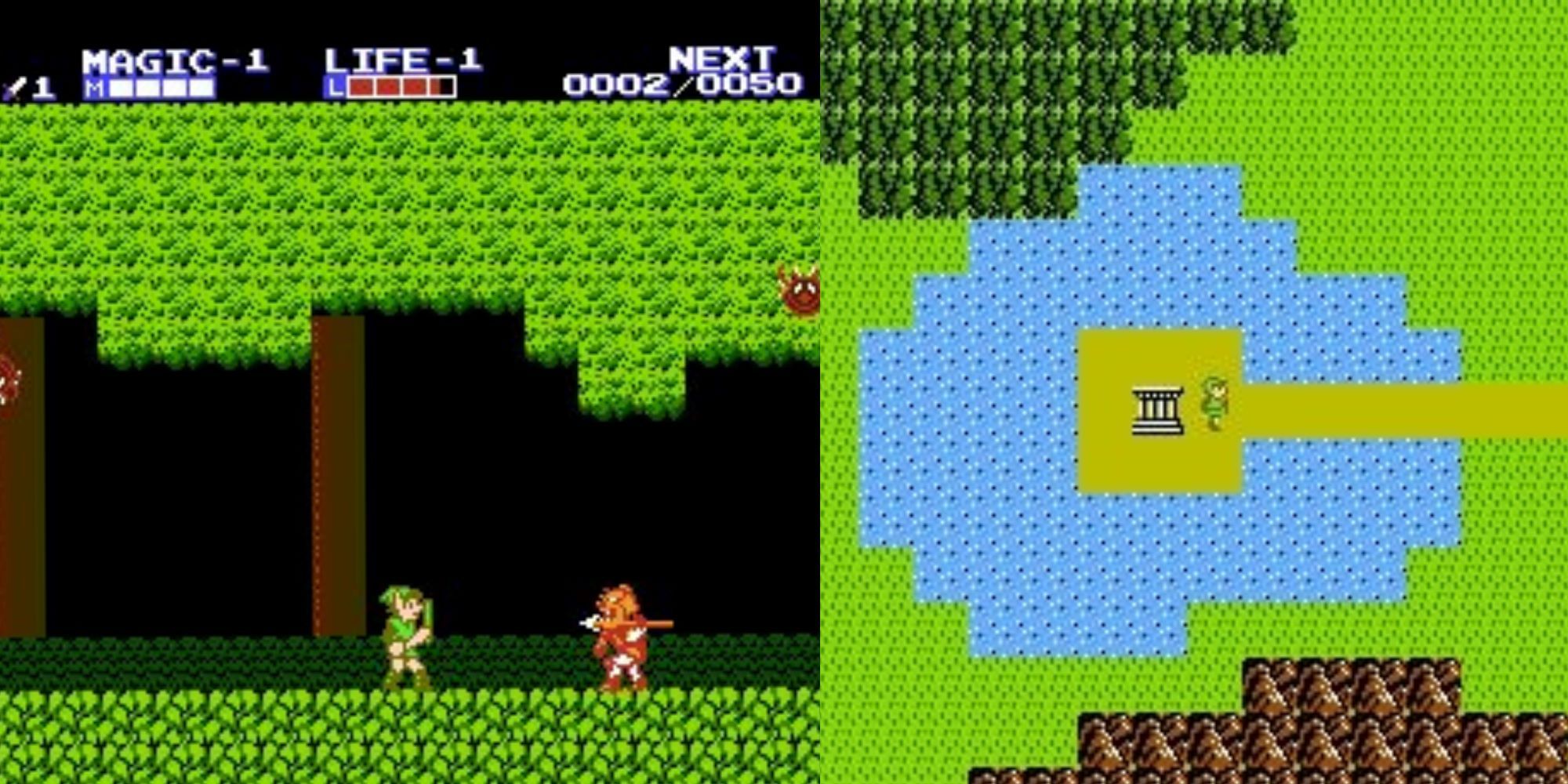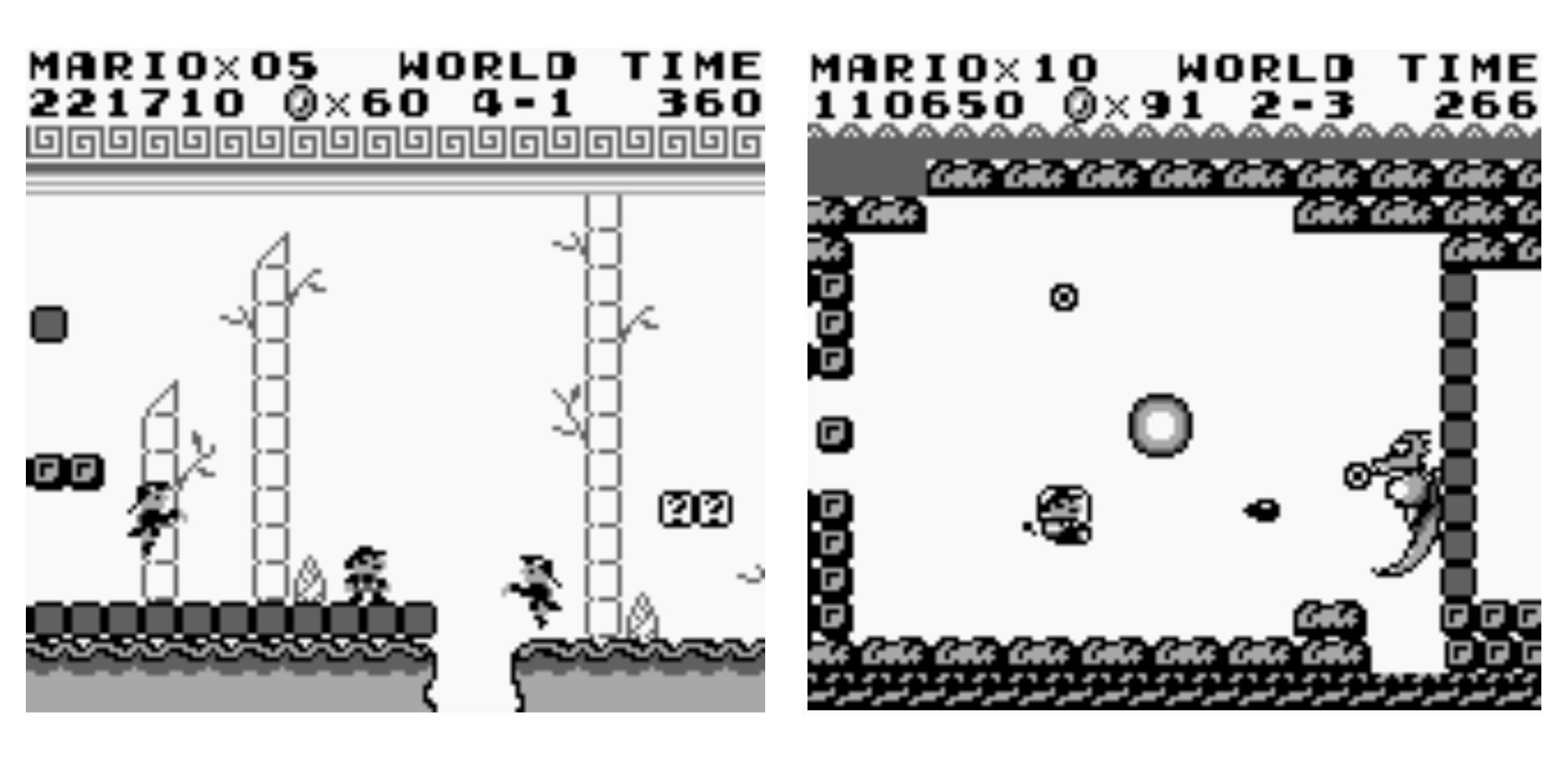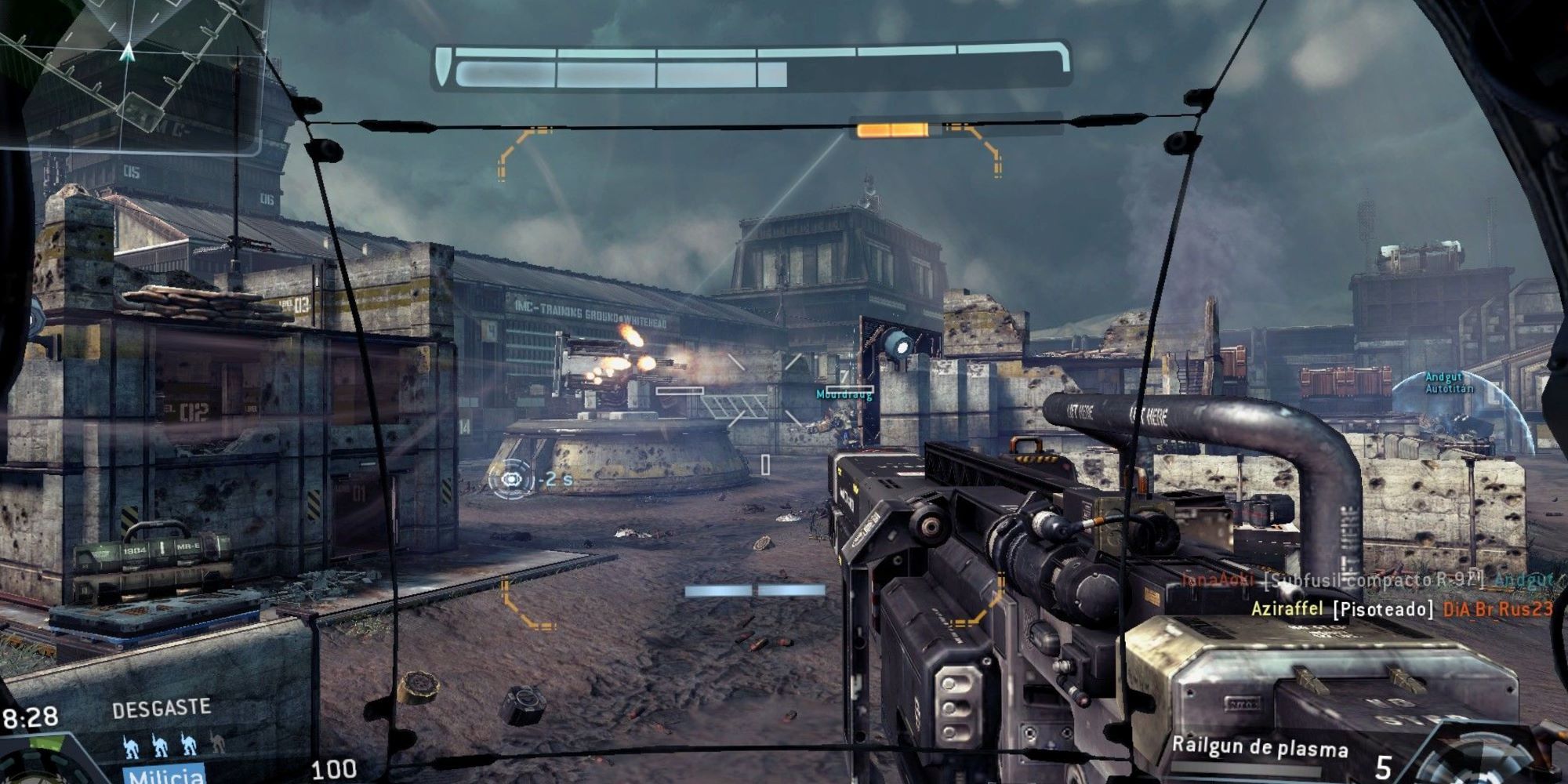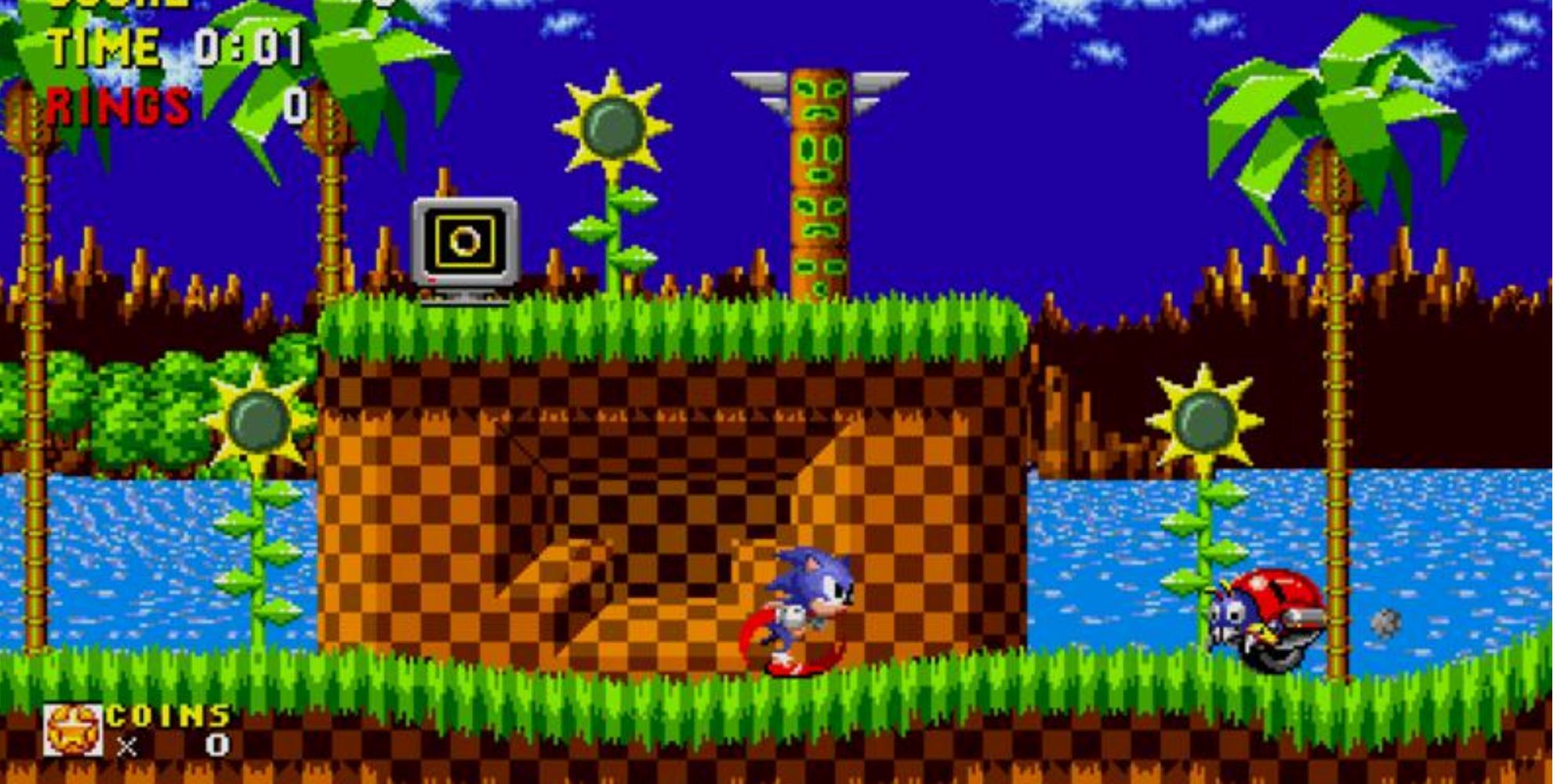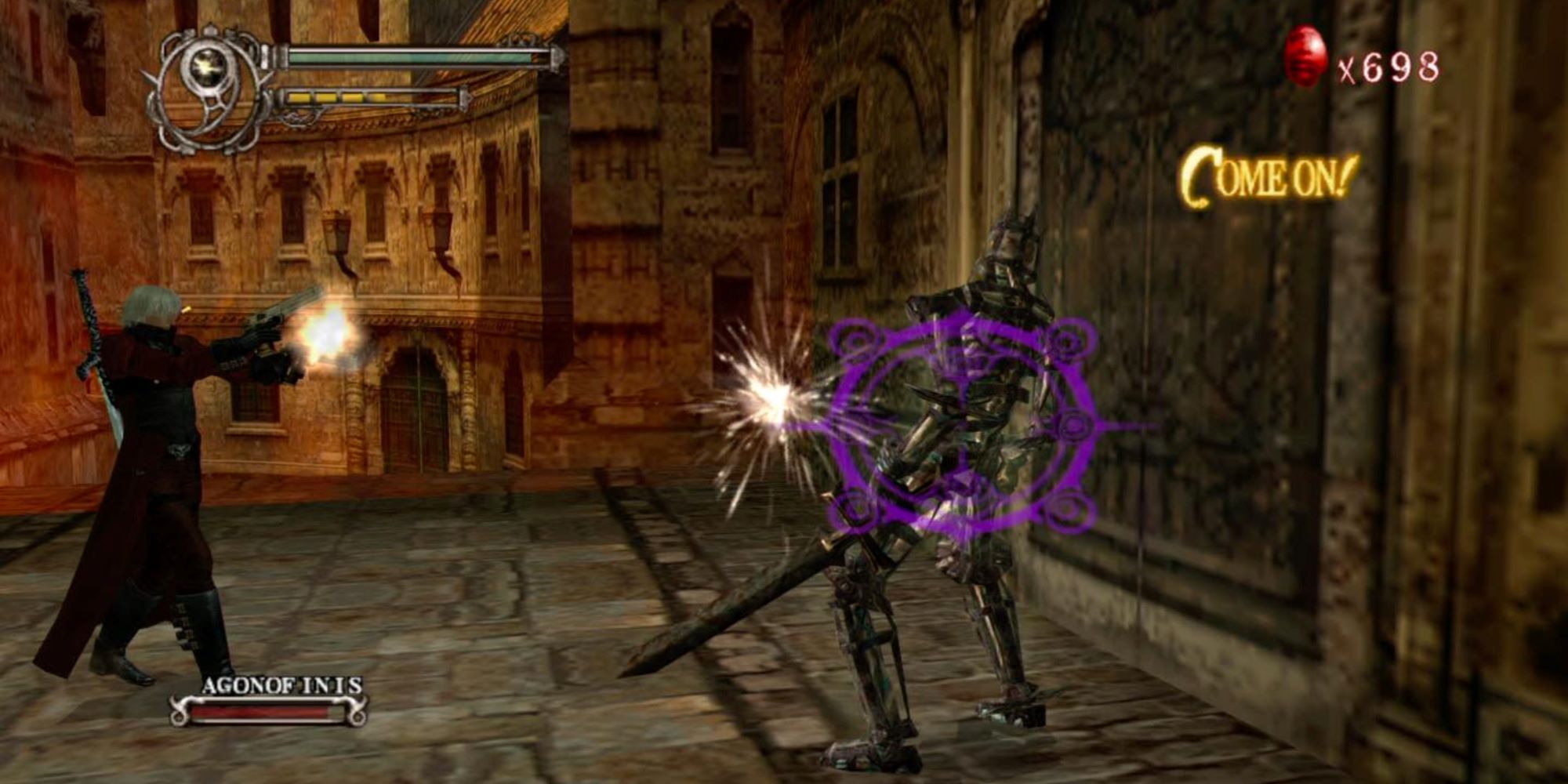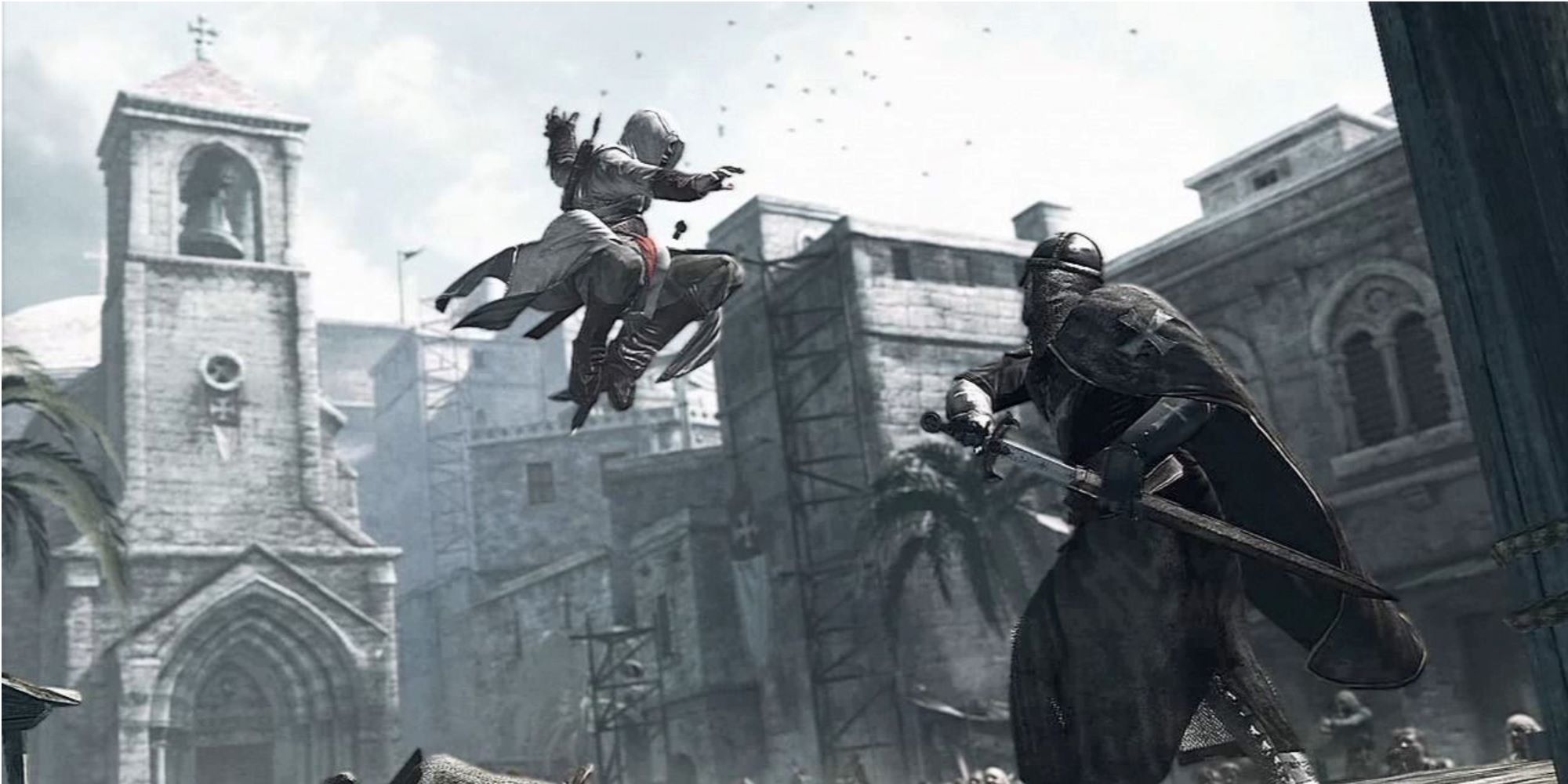Often times even the best game concepts can fail to reach their full potential. The game in question might not necessarily be bad, but it ultimately disappoints when one considers what might have been. In such cases a sequel can build on the foundation that the previous entry established through refinement and iteration, allowing the original core concept to shine.
A second chance can also allow game designers to learn from their mistakes, avoid the pitfalls of their previous effort, and gain a better understanding of what works and what does not. The following games exemplify this paradigm, despite being disappointing they managed to produce great sequels that brought the series to new heights. As the saying goes, "if at first you don't succeed, try try again".
8 Street Fighter
Released in 1987, the original Street Fighter is often overlooked in favor of its genre-defining sequel. This is for good reason as this first entry was considered fairly unremarkable even by the standards of the time. To be fair, the game did introduce 6 button fighting game controls and special moves, both features that would become genre standards.
However, it was difficult to appreciate these innovations thanks to Street Fighter's stiff and awkward controls that make performing even a simple Hadouken a chore. The sequel, Street Fighter 2 would end up being a massive improvement that revolutionized the fighting game genre and is still played even today.
7 Zelda 2: The Adventure of Link
After a groundbreaking first entry, Zelda 2 opted to completely change up the formula, taking what had been an overhead action-adventure and turning it into an odd mix of action RPG and side-scrolling platformer. The result was controversial, to say the least, and not exactly what most gamers really wanted from a sequel to the original Legend of Zelda. While Zelda 2 did introduce features like towns and a magic system, it was also plagued by an extremely inconsistent difficulty curve and gameplay that sidelined exploration and puzzle solving in exchange for action.
The next entry in the series The Legend of Zelda: A Link to the Past would end up being a glorious return to form that combined many of the best aspects of the previous two entries while further perfecting them.
6 Super Mario Land
Back in 1989 the simple novelty of playing a Mario game on the go was enough to elevate the original Mario Land, but even at the time it was difficult for players to shake the feeling that this was a heavily compromised experience that couldn't hope to measure up to what was being offered on consoles. This isn't to say that the game was bad, but it was incredibly bare bones compared to contemporary titles.
In 1992 Nintendo would strike back with Super Mario Land 2: Six Golden Coins, a massive improvement that showed just how far handheld gaming had come in only a few short years. To this day Mario Land 2 is fondly remembered as one of the all-time classics of the original Game Boy library and one of the more unique entries in the Mario series.
5
Uncharted: Drake's Fortune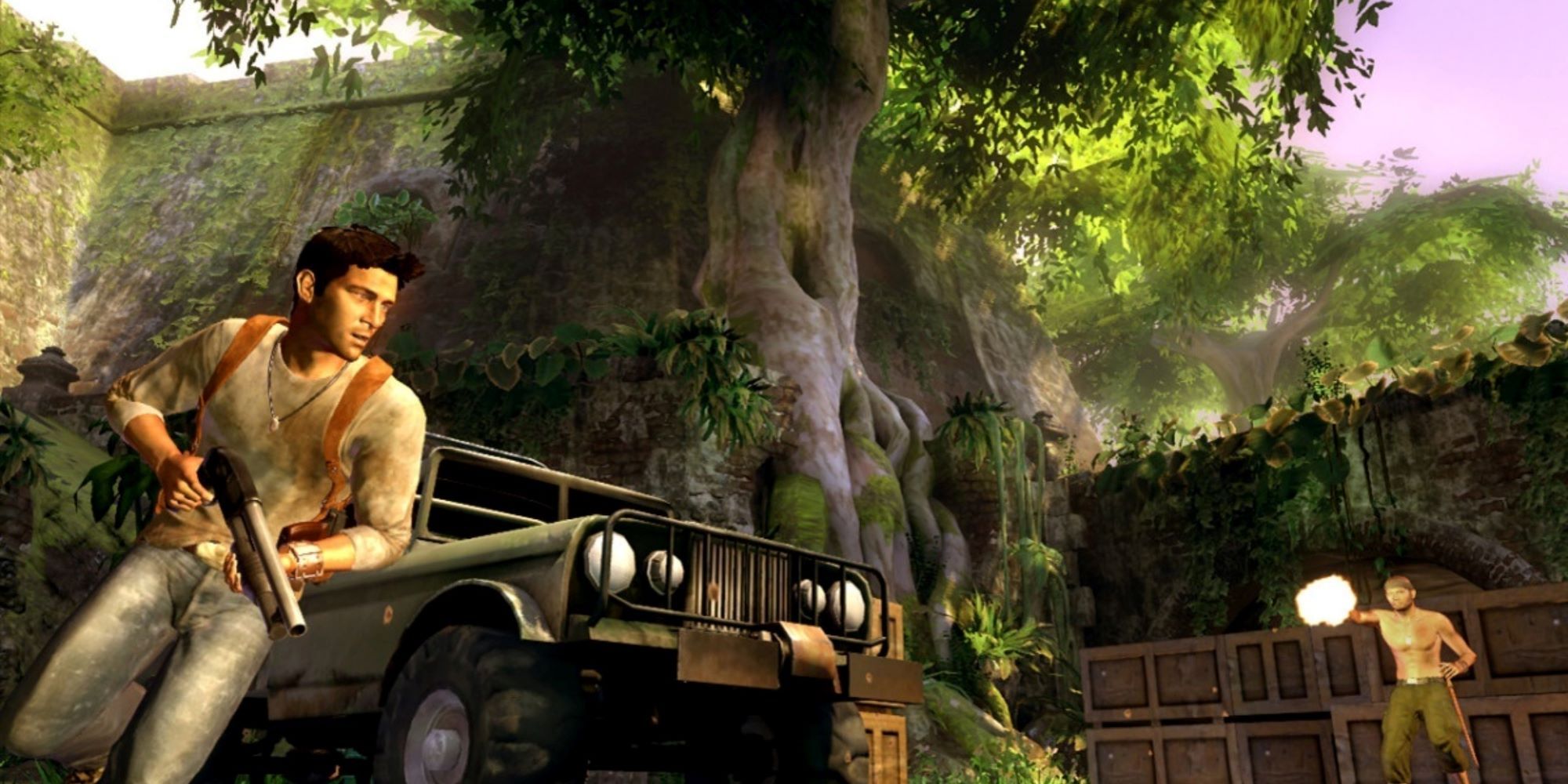
When the first Uncharted was released in the early years of the PS3 it was hyped up as a killer app that would use the superior power of the console. The end product we got was a fairly solid experience but not the AAA blockbuster we were promised. For one thing, the graphics were generally unimpressive for a 7th gen title, especially when one considers the fact that the PS3 was supposed to be the most powerful platform on the market. The game also suffered from uneven pacing, repetitive gunplay, and some really annoying jet ski segments.
Thankfully the sequel Uncharted 2: Among Thieves fixed all of these issues, ultimately going on to become one of the highest-rated games of all time.
4 Titanfall
The first Titanfall promised an epic FPS experience that would combine fast-paced on-the-ground shooting with additional parkour and movement options that could transition seamlessly into massive mech combat. In terms of core gameplay, Titanfall largely delivered on these promises, but what ultimately let the game down was the lack of modes and options that created a somewhat threadbare experience. Of particular note was the rather anemic story campaign that failed to do the interesting setting justice.
Titanfall 2 would ultimately rectify these issues not only by refining and polishing the core gameplay but also by adding a ton of new modes and features including an excellent single-player campaign that gave the game far more replay value, and offered up a much meatier package overall.
3 Sonic The Hedgehog
When the first Sonic the Hedgehog was released in 1991 for the Sega Genesis it was an absolute revelation, at least for the first level. While Green Hill Zone is rightly regarded as one of the most beloved and iconic opening stages of all time, the quality of the game's level design swiftly goes downhill. While Green Hill featured multilayered stages with multiple paths and an emphasis on speed later stages quickly pump the brakes and reverted to a more traditional platforming design that didn't do Sonic's move set justice.
What resulted was an experience that while not bad, left players with a sense of ennui, and made them long for a game that could maintain the same level of quality that the first level had throughout. Thankfully such a game would arrive in the form of Sonic the Hedgehog 2, a game that fully realized the blue blur's full potential.
2 Devil May Cry 2
After exploding onto the scene with a genre-defining first entry, the Devil May Cry series would end up suffering from an unfortunate sophomore slump with its second entry. Devil May Cry 2 was a massive let-down, featuring far less engaging combat and a flattened difficulty curve. The bosses were boring and easy to beat, often requiring nothing more than spamming Dante's guns. The story was underwhelming as well, and overall the game lacked replay value.
The developers would end up learning from their mistakes and the next game, Devil May Cry 3 is often regarded as the best entry in the series.
1 Assassin's Creed
The Assassin's Creed series, though well regarded, got off to something of a rough start. The first game in the series suffered from numerous flaws such as half-baked stealth mechanics, and a repetitive mission structure. It was a shame too because the promise of assassination missions set in large historical sandboxes was enticing.
Needless to say, there was a lot of room for improvement, which was exactly what occurred with the sequel Assassin's Creed II. AC2 made far better use of its sandbox with much more varied and engaging missions, as well as featuring more polished core mechanics, a better story, and greatly improved pacing.

